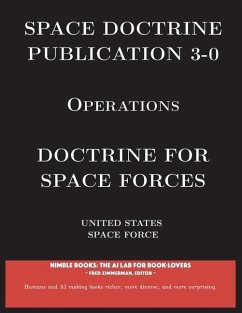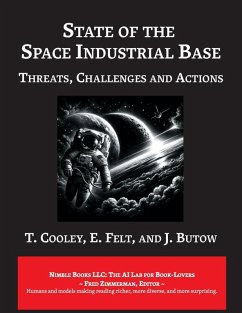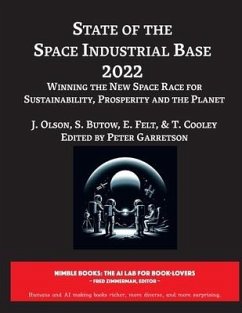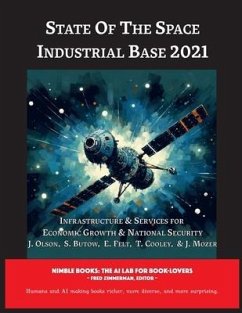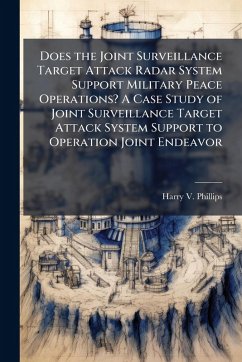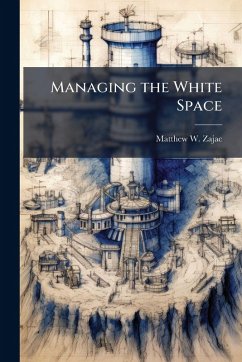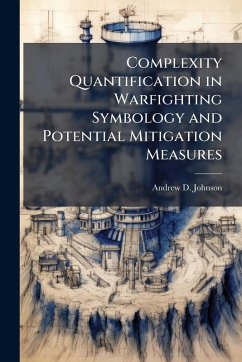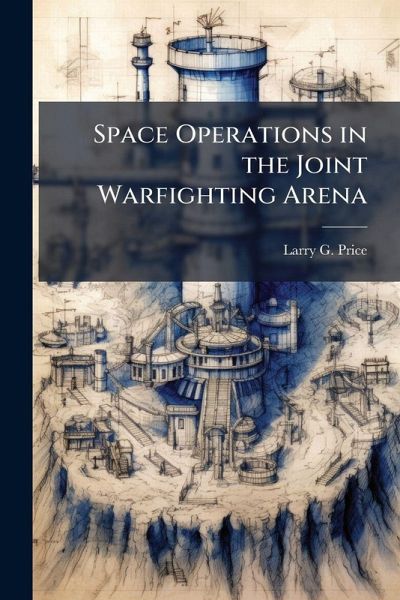
Space Operations in the Joint Warfighting Arena

PAYBACK Punkte
7 °P sammeln!
This paper is written for the non-"space-minded" person who is willing to hear ideas of how to integrate space power throughout the U.S. military's joint warfighting ways. The U.S. military is becoming increasingly more dependent upon space assets to help win wars. In fact, some have said, "Operation DESERT STORM was the first space war."1 As the world's dependence on space assets grows, so grows the costs of building space assets and launching them into orbit. As such, the business of building and launching space assets fits the classic "low supply/high demand" relationship. But as the costs ...
This paper is written for the non-"space-minded" person who is willing to hear ideas of how to integrate space power throughout the U.S. military's joint warfighting ways. The U.S. military is becoming increasingly more dependent upon space assets to help win wars. In fact, some have said, "Operation DESERT STORM was the first space war."1 As the world's dependence on space assets grows, so grows the costs of building space assets and launching them into orbit. As such, the business of building and launching space assets fits the classic "low supply/high demand" relationship. But as the costs to gain space power increases, the U.S. Department of Defense's budget continues to decrease. Therefore, the U.S. military must rely on commercial and civil--as well as its own--space assets, to maximize the effects space power brings to the theater Commander in Chief. Additionally, it's not difficult to imagine that the U.S. military may also rely on the space assets of allied countries in future coalition wars. This work has been selected by scholars as being culturally important, and is part of the knowledge base of civilization as we know it. This work was reproduced from the original artifact, and remains as true to the original work as possible. Therefore, you will see the original copyright references, library stamps (as most of these works have been housed in our most important libraries around the world), and other notations in the work. This work is in the public domain in the United States of America, and possibly other nations. Within the United States, you may freely copy and distribute this work, as no entity (individual or corporate) has a copyright on the body of the work. As a reproduction of a historical artifact, this work may contain missing or blurred pages, poor pictures, errant marks, etc. Scholars believe, and we concur, that this work is important enough to be preserved, reproduced, and made generally available to the public. We appreciate your support of the preservation process, and thank you for being an important part of keeping this knowledge alive and relevant.



